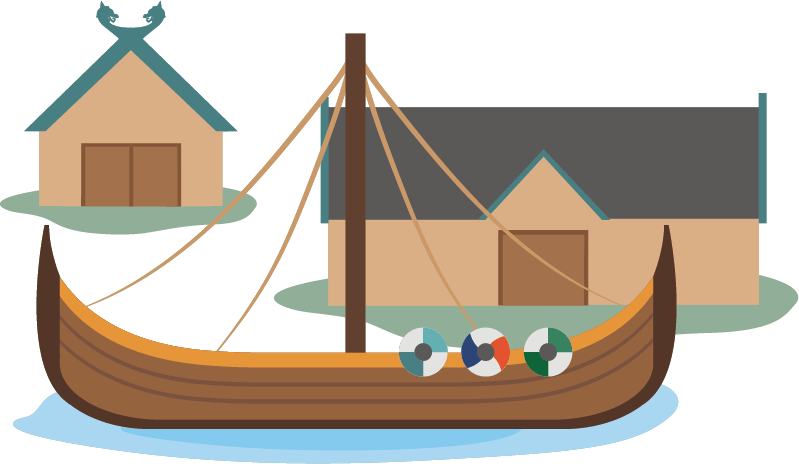22. Warning sign
Warning sign from the Husby-Vedersø stretch of coast. This sign reads “Vorsicht Lebensgefahr Minen” (Warning: Mortal Danger Mines).
During WWII, more than one million mines were laid along the West Jutland coast. If you found yourself on a minefield, your life really was in danger. Note that, on this sign, the Russian word for “mines” is painted on top. The sign was used to warn Russians against entering a minefield.
Towards the end of WWII, about 25,000 Soviets called “Hilfswillige” (volunteers) were deployed in Denmark. They were uniformed soldiers but unarmed. Most of the “Hilfswillige” in Denmark were Russian or Polish. They were often prisoners of war who had been given the choice between prison and German military service. For most, this was a choice between starving to death or serving the Germans.
Due to the Nazis’ racial policy and aversion to Communists, the Russian soldiers were kept away from Danish towns so very few Danes met “Hilfswillige” during the war. In the days following the end of the war, the Russians, the German soldiers and the Danish resistance movement clashed in Ringkøbing.
The Russians feared they would be deported to Germany or, worse still, to Soviet Russia. After a couple of days, British tanks arrived from Aarhus and threatened to fire on the rebellious Russians, who capitulated and then were packed off to Germany.










